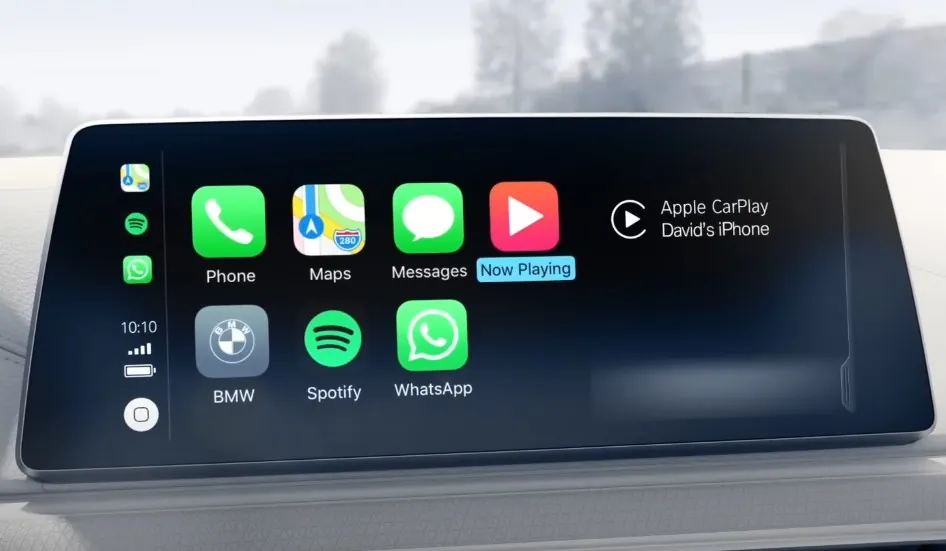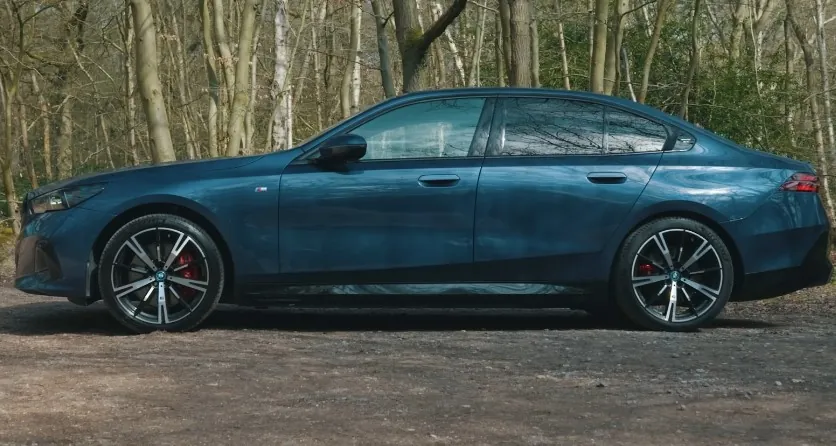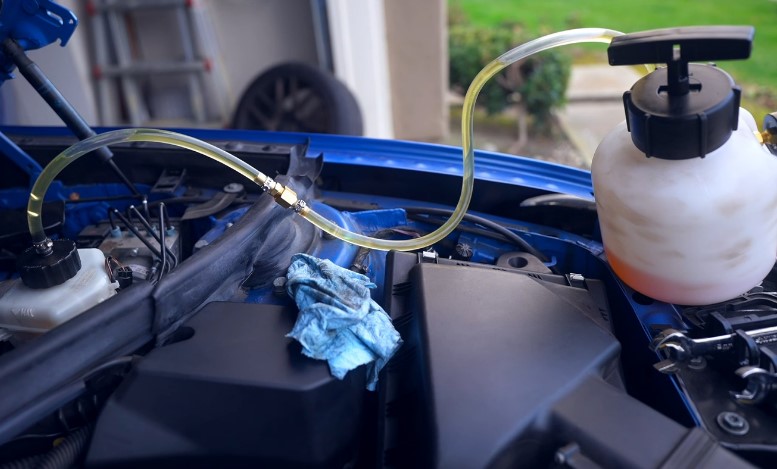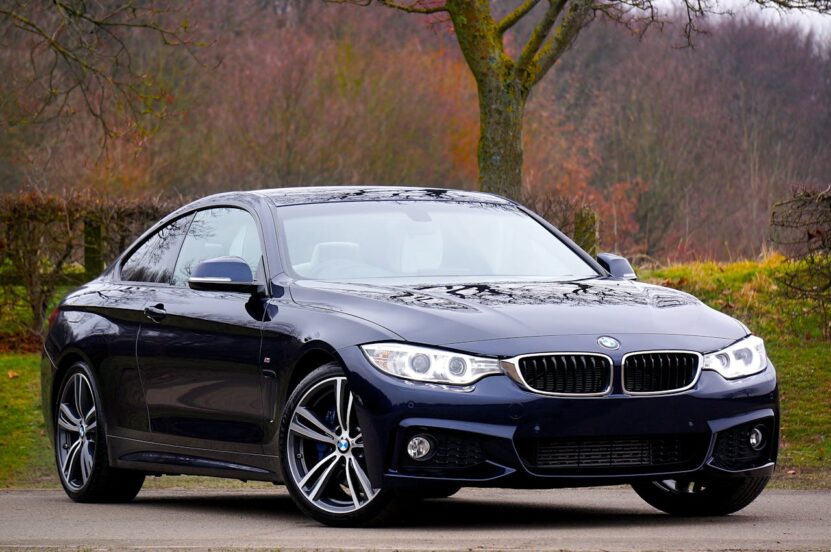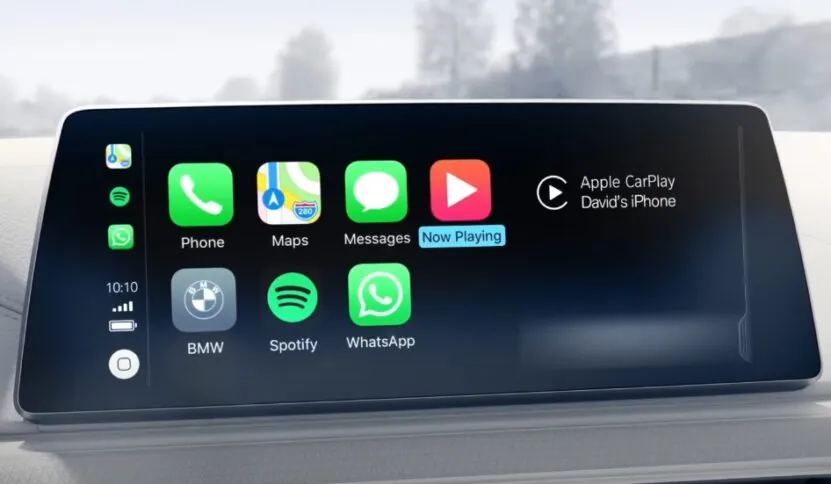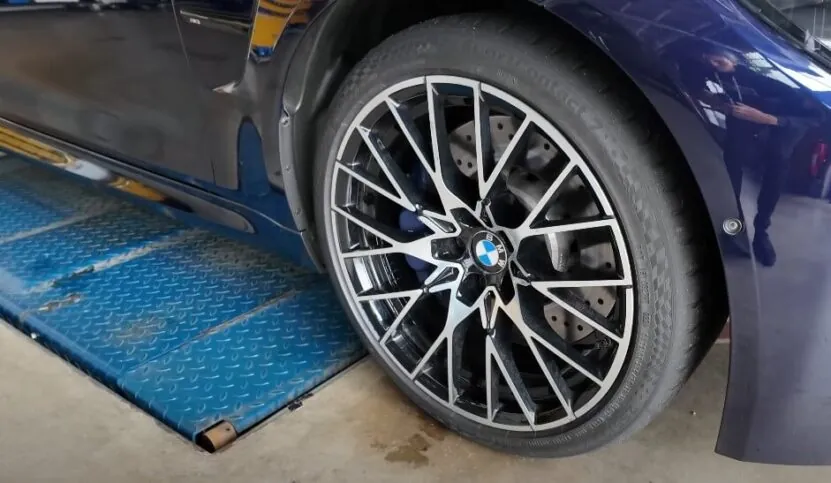
Share Post:
If you’ve ever looked closely at your tire’s sidewall, you’ve seen a string of numbers and letters, something like 225/60R17 99H. That last letter, “H,” is your speed rating. And while it’s easy to brush off as a spec only race car drivers care about, it plays a role in how your car feels and performs every single day, even if you’re just going to the store or commuting to work.
The speed rating tells you the maximum sustained speed a tire can handle safely, based on lab testing, under controlled conditions, at specific loads and pressures. It’s not about how fast your car can go, it’s about what your tires are engineered to handle in terms of speed and heat buildup.
Here’s a quick breakdown of common speed ratings you might see on passenger car tires:
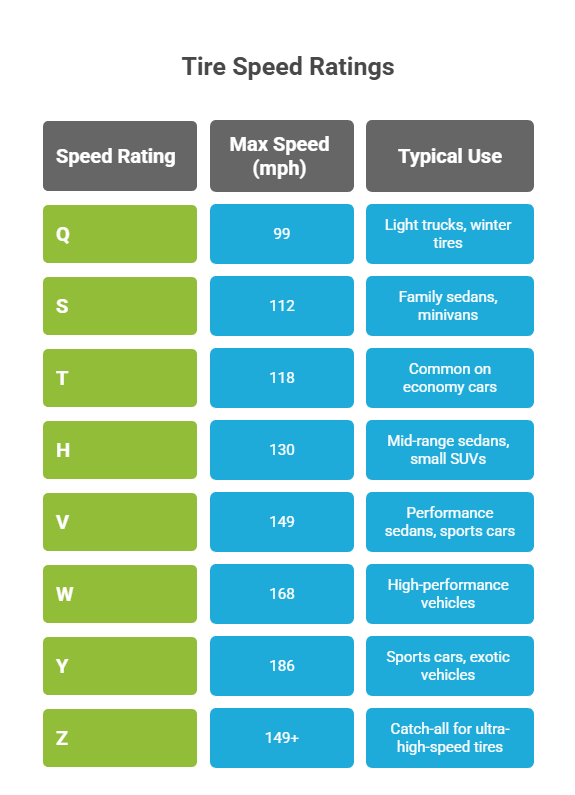
So, Does It Matter for Everyday Driving?
Yes — but not in the way you might think. You’re probably not doing 130+ mph on your morning commute (at least we hope not). But here’s where speed rating still matters in real-world driving:
1. Heat Resistance
Higher-rated tires are built to handle heat better. Even if you’re not speeding, sustained highway driving or hot summer temps can heat your tires fast, especially under load (like with passengers or cargo). An H- or V-rated tire will generally hold up better than a T-rated one in those conditions.
2. Handling and Grip
Tires with higher speed ratings usually have stiffer sidewalls and more responsive tread patterns. That translates to tighter handling, better cornering stability, and less squish during fast lane changes. Even at legal speeds, that difference can be noticeable and confidence-boosting, especially in emergency maneuvers.
3. Braking Performance
Higher-rated tires often stop shorter under hard braking, especially from highway speeds. That matters even in traffic, because when someone cuts you off and you slam the brakes, that extra control can make the difference.
When a Higher Speed Rating Is Worth It
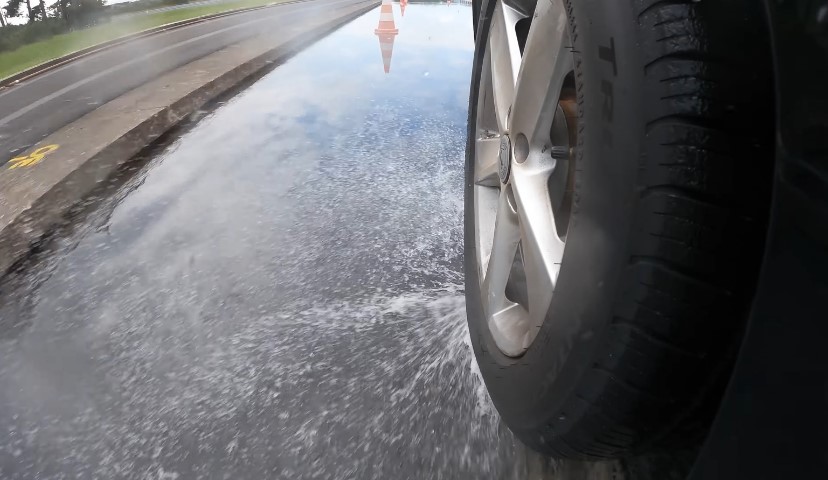
| Scenario | Why It Matters |
| You drive at 70+ mph on highways regularly | Higher-rated tires handle sustained speed and heat better, reducing wear and risk. |
| You drive a heavier vehicle (SUV, crossover, loaded) | More weight = more heat and stress on sidewalls at speed — higher ratings handle it. |
| You want tighter, more precise handling | Higher-rated tires have stiffer sidewalls, improving cornering and steering feel. |
| You live in a hot climate. | Heat builds up in tires fast — higher-rated ones resist breakdown and blowouts. |
| You drive in the mountains or steep terrain.n | Downhill braking builds intense heat — better tires keep grip and structure. |
1. Highway Driving at 70+ MPH
Even if you’re not speeding, extended highway driving puts constant heat into your tires. Lower-rated tires (like S or T) aren’t designed to shed that heat as efficiently. An H- or V-rated tire, on the other hand, can handle prolonged higher speeds without overheating or wearing down as quickly. That means better durability and peace of mind.
2. Driving a Heavier Vehicle
Crossover SUVs, full-size sedans, and cars loaded with passengers or gear put more vertical and lateral stress on tires. That extra weight flexes the sidewalls and generates more internal heat, especially on turns, on ramps, or during emergency maneuvers. Tires with higher speed ratings are built with stiffer construction that holds up better under that extra strain.
3. Prioritizing Handling and Road Feel
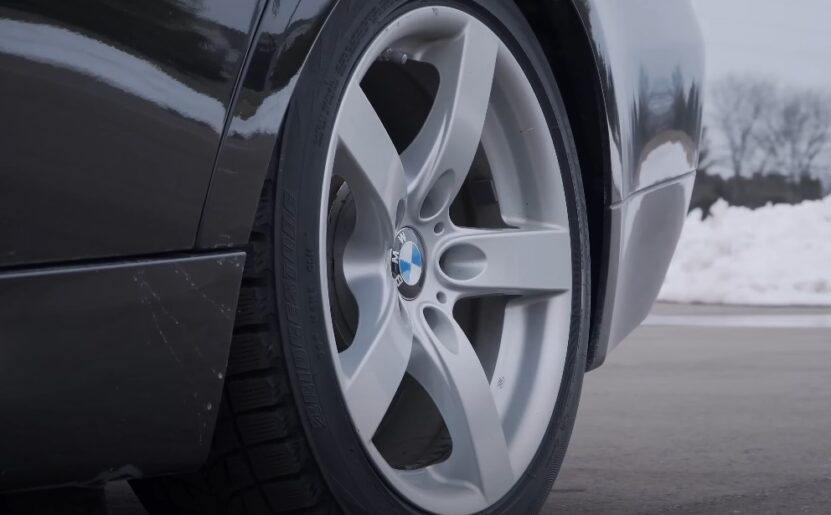
You don’t have to drive aggressively to benefit from sharper handling. Even quick lane changes or dodging potholes can feel more stable and predictable with a stiffer sidewall. Higher speed-rated tires generally respond faster to steering input and hold their shape better during turns, reducing body roll and “float.”
4. Living in a Hot Climate
Hot pavement + fast driving = tire temperature rising fast. And if the tire’s not built to handle that, it can start to degrade internally long before it shows visible damage. H-, V-, or W-rated tires can handle high surface and ambient temps far better than their lower-rated cousins, especially in places like Texas, Arizona, or Southern California.
5. Mountain or Hill Country Driving
When you’re heading downhill, your brakes and tires are doing most of the work, and they’re building up serious heat. This can cause lower-rated tires to lose grip or become unstable when you need them to perform the most. Higher-rated tires resist heat-related breakdown, helping you maintain traction and stability on winding descents.
When a Lower Rating Is OK
View this post on Instagram
A post shared by Exploring Science for Learning and Education (@jerryscience)
If you’re just driving around town, not doing extended highway trips, and driving something small and light like a compact sedan or hatchback, a T- or S-rated tire might be perfectly fine. They often ride a little softer and cost less, too.
Just don’t go lower than what your manufacturer recommends. The factory spec takes into account weight, braking needs, and speed capabilities.
Can You “Upgrade” Speed Ratings?
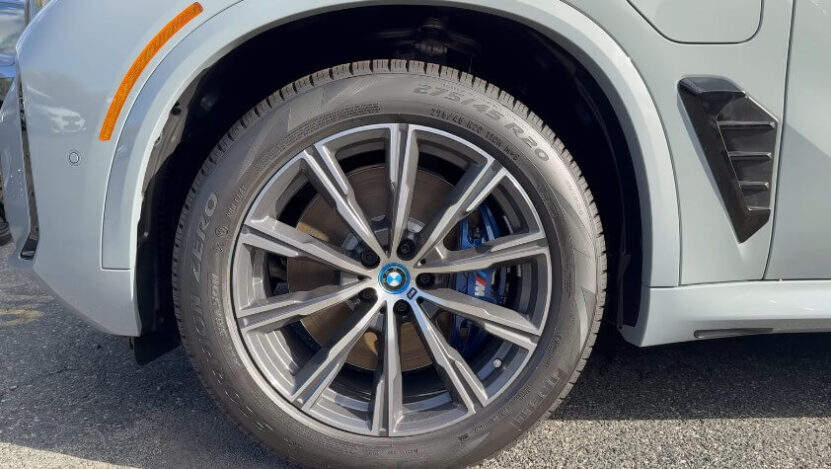
Yes, you can go up in speed rating — and often, people do it to improve handling. Just know:
- You may feel a firmer ride due to stiffer sidewalls
- Tire life might be a bit shorter, depending on the compound and usage.
- It can slightly affect fuel economy, though not drastically.y
Going up in rating is fine. Going down is not recommended unless explicitly approved by your vehicle manufacturer or a professional at a trusted tire shop that understands your car’s specific needs. They’ll know whether a lower-rated tire is ever acceptable based on weight, speed, and suspension design.
Final Words
Tire speed ratings aren’t just alphabet soup. Even if you never go near the max listed speed, they affect how your car feels, responds, and performs under stress. They matter more than most people think, especially if you spend time on the highway or demand a little more out of your car.
So next time you’re tire shopping, don’t just look at price or brand. Check the letter. It might just save you from a wobbly lane change or a longer braking distance — and make every mile a bit smoother and safer.
Related Posts:





